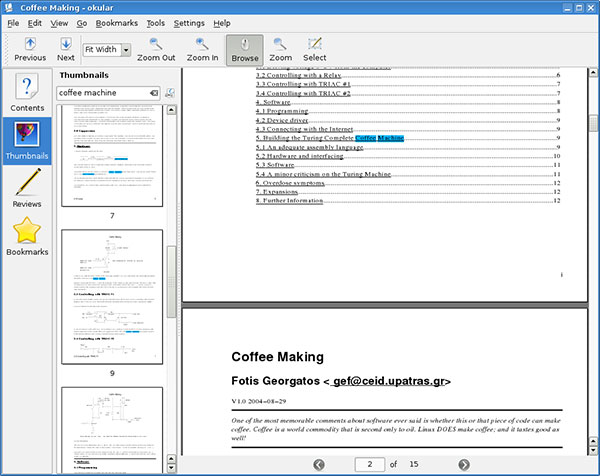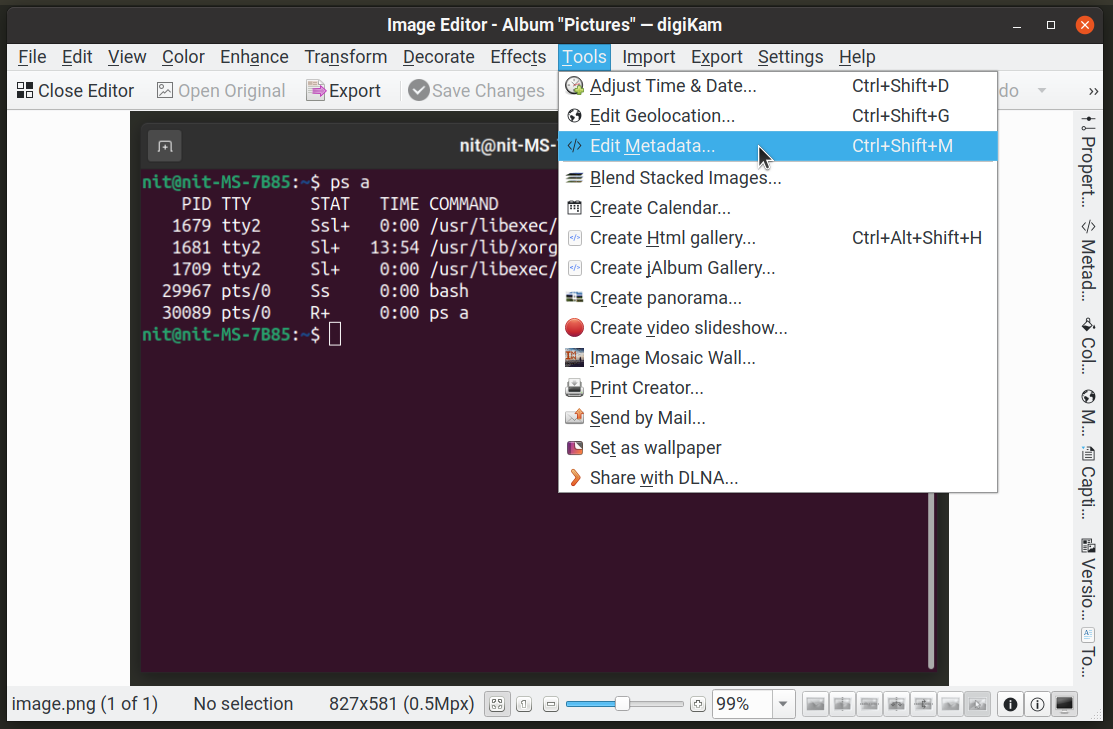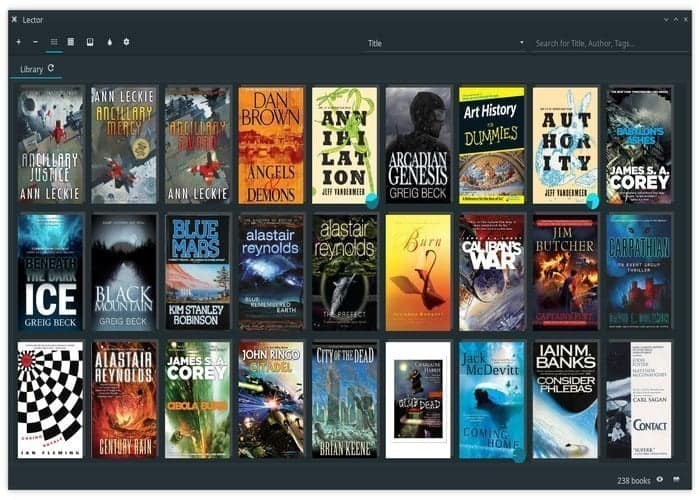

- #Epub metadata editor linux how to#
- #Epub metadata editor linux install#
- #Epub metadata editor linux code#
- #Epub metadata editor linux zip#
When you have everything unzipped you'll see a bunch of files with.
#Epub metadata editor linux zip#
What you need to do is extract your EPUB files into a directory with any utility that supports Zip files. Neither Booki or Sigil supports creating a page like that, but that's easily solved. The table of contents is simply a page that links to the chapters in your book. You can then insert this image into the EPUB without actually showing it on any page. You'll need this image for the Kindle Store page as well as for the book itself, and the grey border is needed to make the book cover stand out against the white page background. Note that because the image has a white background I put a gray border around it. You can easily create a nice book cover image with The GIMP. The cover image is simply a JPEG file that looks like the front cover of a book. What your book is lacking that the Kindle Store requires is: However, with only a bit more work you can sell your book to the world. If you've created a book as a class project and want to have a Kindle format available for parents, this may be sufficient. mobi file for your Kindle it will not be in the format required by the Kindle Store. While this will give you a perfectly usable. All you need to do is download the free kindlegen utility (available for Windows, Linux, and the Mac) from and run it against your file like this: If all you want to do is convert an EPUB you have made to read on a Kindle it is quite simple.

In the Read Activity you can change the size of the text using the View tab, but the illustrations stay the same size. Here are a couple more screen shots of the EPUB I made with Sigil being read in the Read Activity: You can easily add pictures to the book by cropping them out of the original page images, but they should probably be resized to be 600 pixels wide for best results. When you make the title of a chapter have the Heading 1 style Sigil puts the chapter in the Table of Contents for the book. The Ch button on the toolbar is used to split the file containing the entire book into separate files for each chapter. Here is the Boy's Aviation book being edited using Sigil. After that you can split your book into multiple chapters, create table of contents entries, add images, etc.
#Epub metadata editor linux code#
When you add this HTML file to Sigil under the Text folder it will run a piece of code called HTML Tidy that will convert your HTML into XHTML automatically. As before, I recommend Open Office but MS Word will do. To create your EPUB you'll start by creating an HTML file with your word processor using the Save As. The installer on Linux worked fine, and I would recommend using that instead of compiling Sigil from the source code.
#Epub metadata editor linux how to#
If you have problems check the FAQ on the website, which explains how to work around the problem.
#Epub metadata editor linux install#
It is supposed to install a Visual C++ runtime component if it is needed but it doesn't always do that. On Windows the installer can be a little flaky. There are installers for all three platforms. Sigil is available for Windows, Linux, and the Macintosh. Instead, I recommend that you use the free e-book editor Sigil, shown here editing The Galaxy Primes by Edward E. It does put a burden on the e-book author to get his tags right, but in practice you'll never create an XHTML file by hand. The end result is that an XHTML browser is easier to make than an HTML browser. If an XHTML browser discovers an error in your page it can simply refuse to display it. You can't leave out a tag or put in a tag where the XHTML browser does not expect it. XHTML, on the other hand, is like HTML that is not forgiving. A web browser is supposed to forgive that, as much as possible. If you make a web page you can leave out some tags, fail to close tags, or close tags in a different order than you opened them in. A website is made with HTML (usually) but an EPUB is made with XHTML. It is also in one important way different from a website. An EPUB is like a website contained in a Zip file, with a Table of Contents attached.

Of all the formats for e-books only EPUB combines small file sizes with the ability to do formatted text and illustrations.


 0 kommentar(er)
0 kommentar(er)
